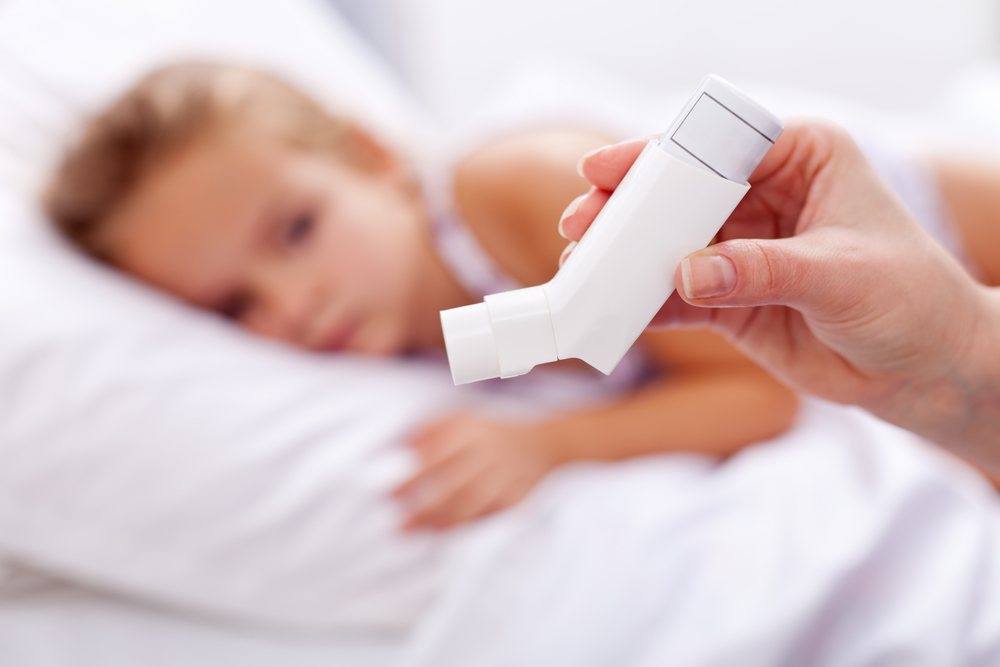A recent published study suggests that the rates of childhood asthma are slowing down among many U.S. demographics, except among children aged 10 or older, or those economically disadvantaged. The study, titled “Changing Trends in Asthma Prevalence among Children” was published in the journal Pediatrics. The authors reported that asthma prevalence among children or teens under 18 years old had been rising for many years until it peaked in 2009 at 9.7%. It stabilized until 2013 where it dropped to 8.3% — from the already lower 9.3% in 2012.
“International data on asthma prevalence over time shows that trends appear to be leveling off in many countries, and suggests that the trend in the United States seems to be following a general pattern,” explained the lead study author Dr. Lara J. Akinbami in a news release. Dr. Akinbami works for the U.S. Center for Disease Control and Prevention’s National Center for Health Statistics, located in Hyattsville, Maryland.
The team reported that even though the recent drop may be statistically meaningful, it’s too early to make any conclusions regarding the decline from 2012 to 2013 – as it might as well be the start of another plateau or a significant decrease in asthma rates. In addition, researchers are aware that the study might have some limitations, not only due to the few years in which the rates were analyzed, but also due to the method by which the survey data was collected. “It also doesn’t clearly identify which factors underlie changes in trends,” added Dr. Akinbami. “There is likely a complex story on why asthma prevalence has apparently stopped increasing.”
Complex data like asthma rates depend on many variables, including race or ethnicity, income, region, and age. For instance, asthma prevalence has not changed between 2001 to 2013 for white or Puerto Rican children, as well as for children living in the Northeast or West region; in contrast, over the same period, asthma prevalence increased in kids aged 10 to 17, economically disadvantaged children, and South region residents. Furthermore, disparities in asthma rates when comparing white and black children have reduced, but Puerto Rican kids continued to rank the highest.
According to Dr. Avni Joshi from the Mayo Clinic in Rochester, Minnesota, children coming from lower-income families are possibly more susceptible under certain environmental risk factors — like tobacco exposure, poor housing conditions, low indoor air quality, and indoor dust mite and cockroach contact — which make respiratory conditions more likely to develop. “There is a vicious cycle of poverty and obesity which may also contribute to the risk of development and persistence of asthma,” added Dr. Joshi. “In addition, children in poor households experience higher psychosocial stress, which is another risk factor for asthma.”
A bright side of the study may be that, either a plateau or a drop in respiratory disease rates, both options suggest that innovative medicines and more aggressive managerial therapies can be making a significant difference in asthma prevalence. “It appears that progress is occurring in decreasing the asthma epidemic,” concluded Dr. Todd Mahr from the Gundersen Health System in La Crosse, Wisconsin.

